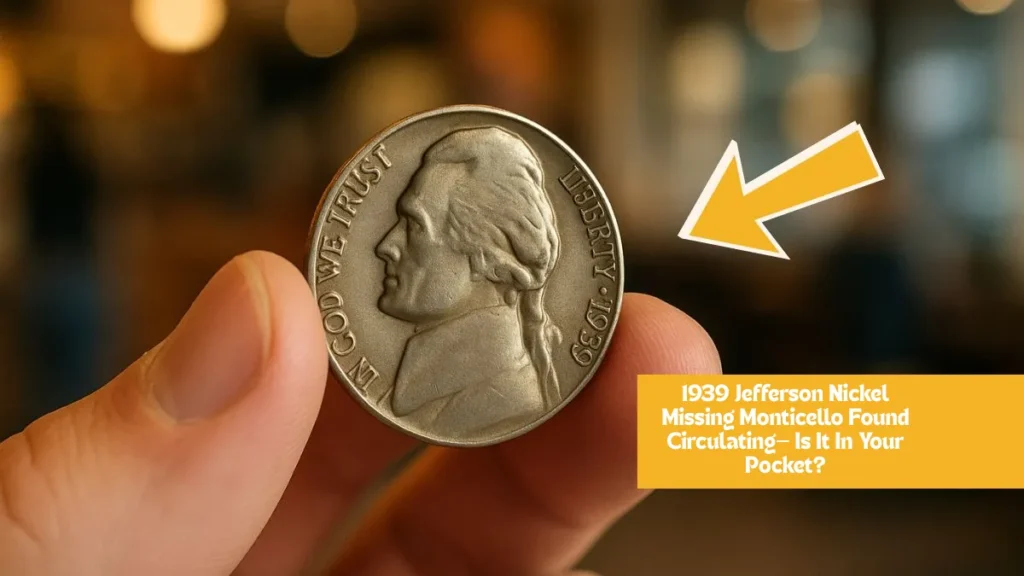Can a penny — yes, a one-cent coin — truly be worth $9.9 million? It sounds unbelievable, but in the world of rare coins, extraordinary errors and historical anomalies can fetch staggering prices. Among these legends is a Lincoln Wheat Penny so rare and mysterious that collectors believe it could be worth nearly $10 million, especially if found in pristine condition. The wildest part? It might still be in circulation.
Let’s dive into what makes this humble penny potentially one of the most valuable coins in U.S. history.
What Is a Lincoln Wheat Penny?
The Lincoln Wheat Penny, minted from 1909 to 1958, features Abraham Lincoln on the front and two wheat stalks on the reverse. While billions were produced, only a handful of error coins and low-mintage varieties are exceptionally valuable.
The $9.9 Million Penny: Myth or Reality?
While no Lincoln Wheat Penny has officially sold for $9.9 million yet, coin experts agree that some rare examples could command such a price if they ever went to auction. The most likely candidate? The 1943-D Bronze Lincoln Wheat Penny.
1943-D Bronze Wheat Penny – The $9.9 Million Mystery
- Why it’s rare: In 1943, all pennies were supposed to be made from zinc-coated steel due to copper being needed for World War II. But somehow, a few bronze blanks from 1942 were mistakenly used.
- The Denver Mint (D) version is the rarest. Only one confirmed example of the 1943-D Bronze Penny is known to exist.
- Previous sale: This penny sold at auction for $1.7 million in 2010. Experts estimate its current value could be $9.9 million or more due to rarity and demand.
If another 1943-D bronze penny were to surface today — particularly in mint condition — it could shatter coin auction records.
How to Know If You Have It
Think you’ve struck gold (or bronze)? Here’s how to check:
- Check the date: Look for 1943.
- Color: A genuine 1943 penny should be silver (steel). If yours is brown or copper, it might be a rare error.
- Mint Mark: Look under the date for a small “D” (Denver Mint).
- Magnet Test: Steel pennies stick to magnets. A 1943 bronze penny will not.
- Weight Test: Bronze pennies weigh about 3.11 grams, steel ones about 2.7 grams.
If your 1943-D penny is copper-colored, doesn’t stick to a magnet, and weighs 3.11 grams — you could be holding one of the rarest coins on Earth.
Why Are These Pennies Still “In Circulation”?
Many of these ultra-rare coins were:
- Mistakenly struck during transitions in minting materials.
- Lost in circulation before collectors realized their value.
- Sitting unnoticed in family coin jars, sock drawers, or inherited collections.
Since most Americans don’t scrutinize pennies closely, it’s entirely possible that one of these million-dollar rarities remains undiscovered.
Other Lincoln Wheat Pennies Worth Big Money
Here are other valuable varieties to keep an eye out for:
| Coin | Estimated Value |
|---|---|
| 1909-S VDB | $100,000+ |
| 1922 “No D” | $40,000+ |
| 1955 Doubled Die | $15,000+ |
| 1944 Steel Penny | $100,000+ |
| 1943 Bronze Penny (Philadelphia) | $300,000–$1 million+ |
What to Do If You Think You Found One
- Do NOT clean it. Cleaning reduces value.
- Use gloves or touch the edges only.
- Weigh and magnet test it.
- Get it authenticated by PCGS or NGC (professional coin grading services).
- Consider insuring it — seriously.
Final Thoughts: A Penny to Make You a Millionaire?
While the $9.9 million Lincoln Wheat Penny hasn’t officially hit the market at that price yet, its potential value is very real. With only one known example and the possibility of more undiscovered coins, this penny could become the most expensive in history.
So before you toss that penny into a jar or ignore it in your change, take a second look — you just might be holding millions of dollars in the palm of your hand.
